Did you know that Valentine’s Day is also Oregon’s birthday? Happy 160th Oregon: February 14, 1859 to February 14, 2019! As some of you will know, our daughter Erin and her father have had a thing on February 14 since Erin was young. We make a cake in the shape of the State, decorating it with some design that makes sense for Statehood. The St. Valentine thing is a great for honoring the love relationships that make us who we are. But there’s something about honoring our place. So, along with the cupid cards and little heart-shaped “Be Mine” candies, we carve, from a slab of brownie or chocolate cake, the boundaries of our birthday landscape: the Pacific shore from Astoria to Port Orford, East to the desert below Jordan Valley, North to Hells Canyon and the Snake, then across the top with the mighty Columbia finishing the map from the Blue Mountains to the mouth. The cake inside always tastes good enough, but what’s portrayed by the frosting is most important. In the past it’s been a beautiful Oregon green, maybe with a big 1859 in the middle. In 2001, our friend Bill Loy, cartographer and lead author of the (2nd Edition) of Atlas of Oregon* , gave us an autographed copy. Since then, our frosting is more likely to paint the topography of the Beaver State or the watersheds, roads or eco-regions.
This year it colors the linguistic and cultural diversity of aboriginal Oregon, depicting the homelands of the major Native American or tribal Indian cultures who existed before 1850. The 17 Oregon languages fall into 5 major families, each representing daughter languages descended from an original mother tongue spoken deep in the past. Few of us realize Valentine’s Day is the same day as Oregon’s birthday. Even fewer know anything of the rich history and heritage of those original Oregonians like the Kalapuya whose landscape my ancestors claimed in 1853, as they invaded the Willamette Valley on the Oregon Trail. I consulted this map on page 11 of the Atlas for the cake. Those peoples are known to most of us only by the anglicized labels we gave them:
Alsea
Applegate
Cayuse
Chetco
Chinook
Clatskanie
Coos
Coquille
Galice
Kalapuya
KlamathModoc
Molala
Multnomah
Nez Perce
Paiute
Shasta
Siuslaw
Takelma
Tillamook
Tolowa
TututniUmatilla
Umpqua
Walla Walla
Wasco
Wishram

February 12, 1927, the Oregon Legislature voted “Oregon My Oregon” with words by John Andrew Buchanan and music by Henry Bernard Murtagh, the official State song:
Land of the Empire Builders,
Land of the Golden West;
Conquered and held by free men,
Fairest and the best.
Onward and upward ever,
Forward and on, and on;
Hail to thee, Land of Heroes,
My Oregon.
Land of the rose and sunshine,
Land of the summer’s breeze;
Laden with health and vigor,
Fresh from the Western seas.
Blest by the blood of martyrs,
Land of the setting sun;
Hail to thee, Land of Promise,
My Oregon.
When we were studying Oregon history in the 4th grade, Grandpa would let us take the big hoops from the covered wagons in which our ancestors drove the Oregon Trail, for show and tell. I was so proud. And I loved this song. Of course we paid little attention to what the words really meant. The places where “Empire Builders” laid their foundations were already occupied by civilizations of another kind. Standing in the way of progress, the peoples were indeed “Conquered and held.” We could debate whether the conquerors were free men. The Atlas reads (pg. 17), “Settlers rapidly took the most productive lands without regard to Indian occupation, turning hogs and cattle onto the acorn-producing oak woodlands, camas and arrowroot meadows on which many Indians relied.” This is exactly what my ancestors did in the Valley. We have, in our family archives, the Donation Land Claim Act certificate, signed by President Ulysses S. Grant, giving our ancestors rights of ownership. By the Act, only “whites and half-breed Indians” could own land. And on Oregon’s birthday in 1859, ours became the only State to officially ban, at Statehood, “negroes and mulattos” from living within our borders.

You can see by further maps, the fate of original peoples here. By the 1850’s 50%-90% of Oregon Indian populations were dead of small pox, malaria and massacre. The white regions are lands already claimed by whites and white government. Light blue lands are those not yet ceded. Dark blue depicts the 5 reservations to which tribal men, women and children were rounded up and driven on vicious trails of tears by the 1850s. In my estimation, on our 160th Birthday, Oregon My Oregon is no more a song we can sing in good conscience. It never really was. The martyrs whose blood blesses our land and charts our destiny aren’t the conquerors, fueled by some cruel assumption of Manifest Destiny or Principle of Discovery. But those tribal people and others on the margins who still give their lives each day, just for a chance at the life, liberty and property our Constitution guarantees.

I wish our birthday cake represented a present reality. It still could be at least part of what we dream for Oregon’s tribal peoples, indeed for all people of color within our borders and in hope of immigrating here. A better birthday song would hail a land whose sun has set on disease and disenfranchisement and is rising on a new and better democracy and self-development for everyone, but especially for Native American Oregonians. The Land of Promise for which we all must work is taking a new shape today. For instance, as just one white guy and a humble baker of odd cakes, I have seen hope emerging since the advent of tribal casinos. Where the tribes are using the revenue for the common good in their communities, miraculous things are happening. It is perhaps the only way we’ve seen, ever, certainly in our lifetimes, any real redistribution of wealth where our Indian brothers and sisters are concerned. I want to celebrate the possibility and opportunity for reparations of these kinds. Now, on the subject of Our Net Zero Life, I will blog next time on the connection of tribal empowerment and climate justice. In the meantime, enjoy some colorful cake!
*Atlas of Oregon William G. Loy, editor; Stuart Allan, Aileen R. Buckley, James E. Meacham authors; University of Oregon Press (2001) 2nd Edition.

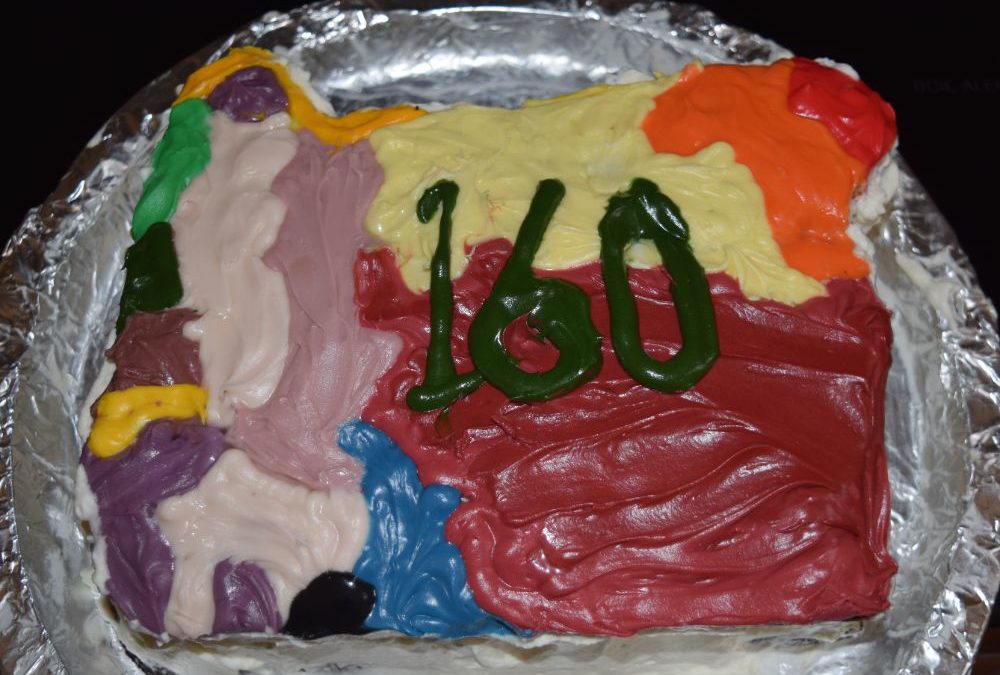
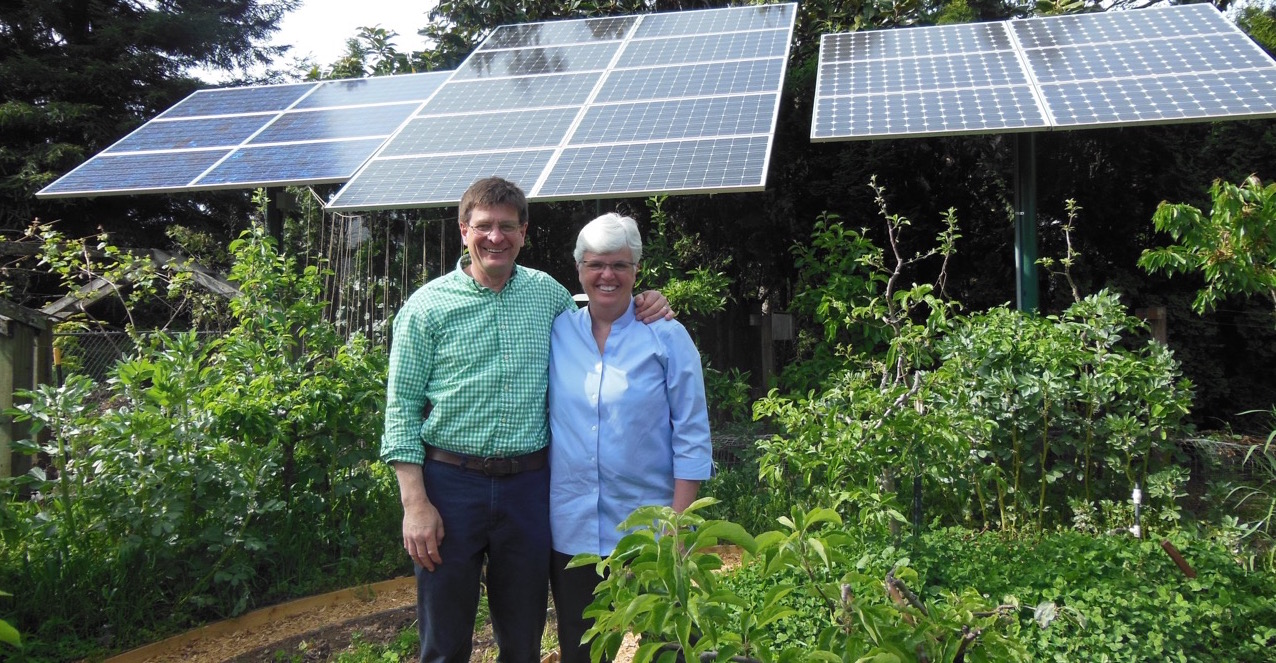


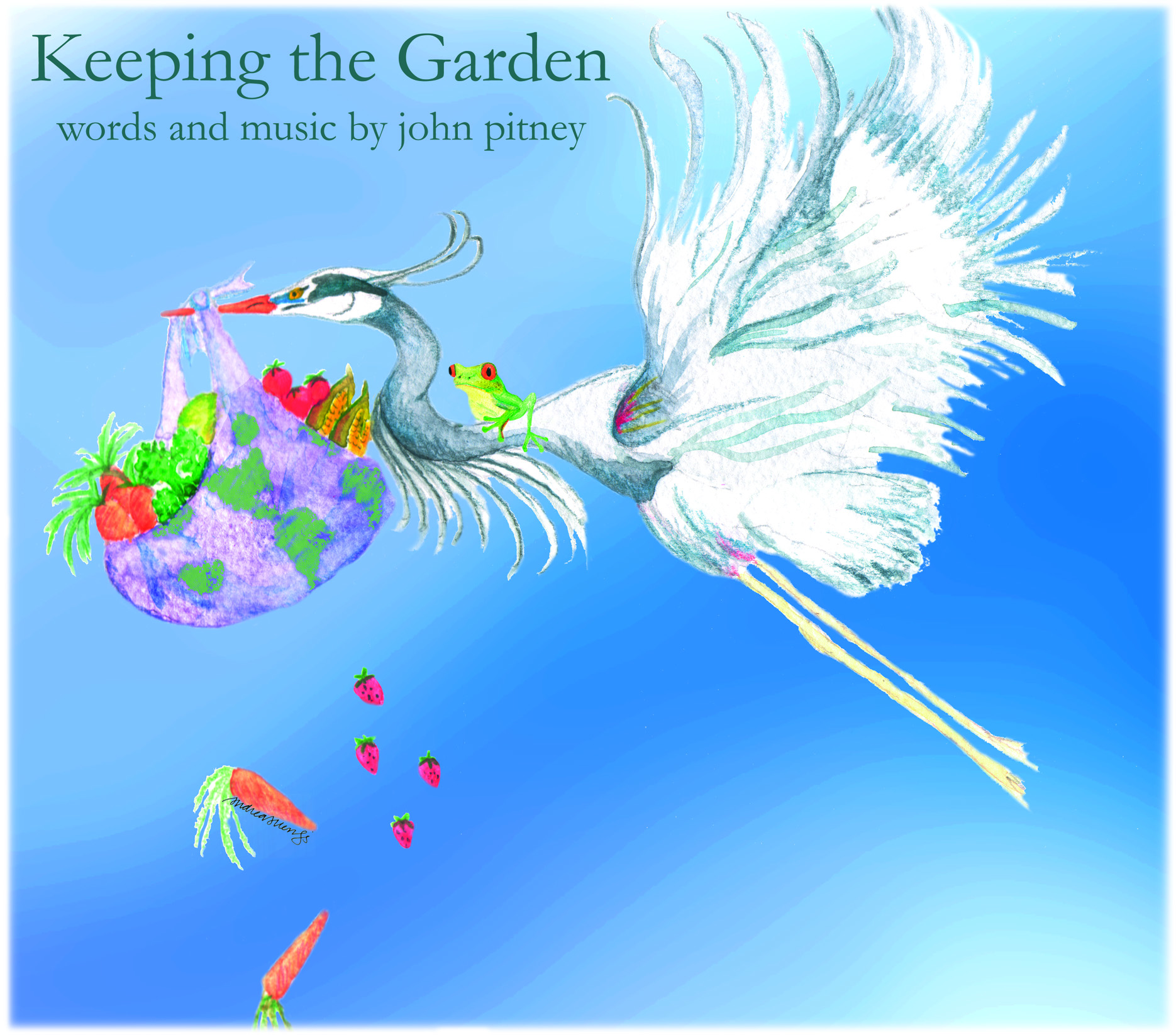
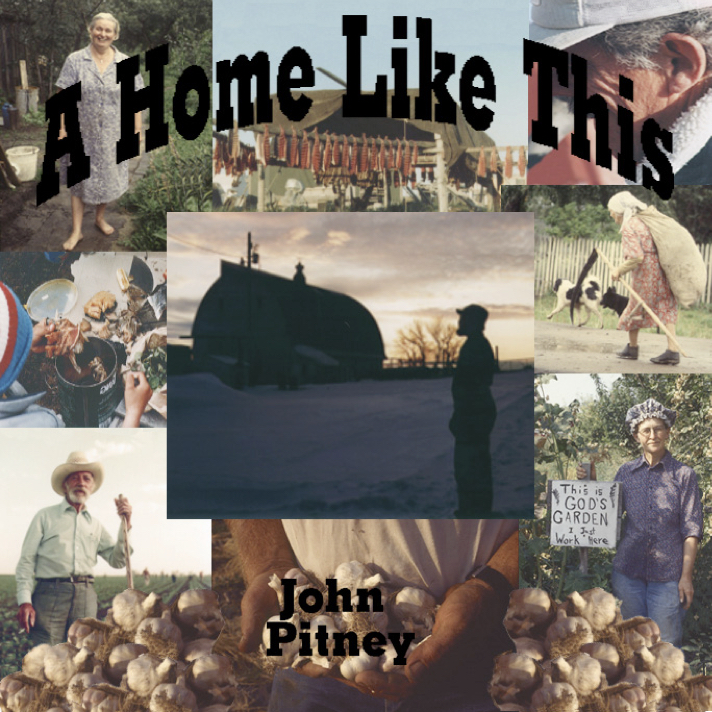
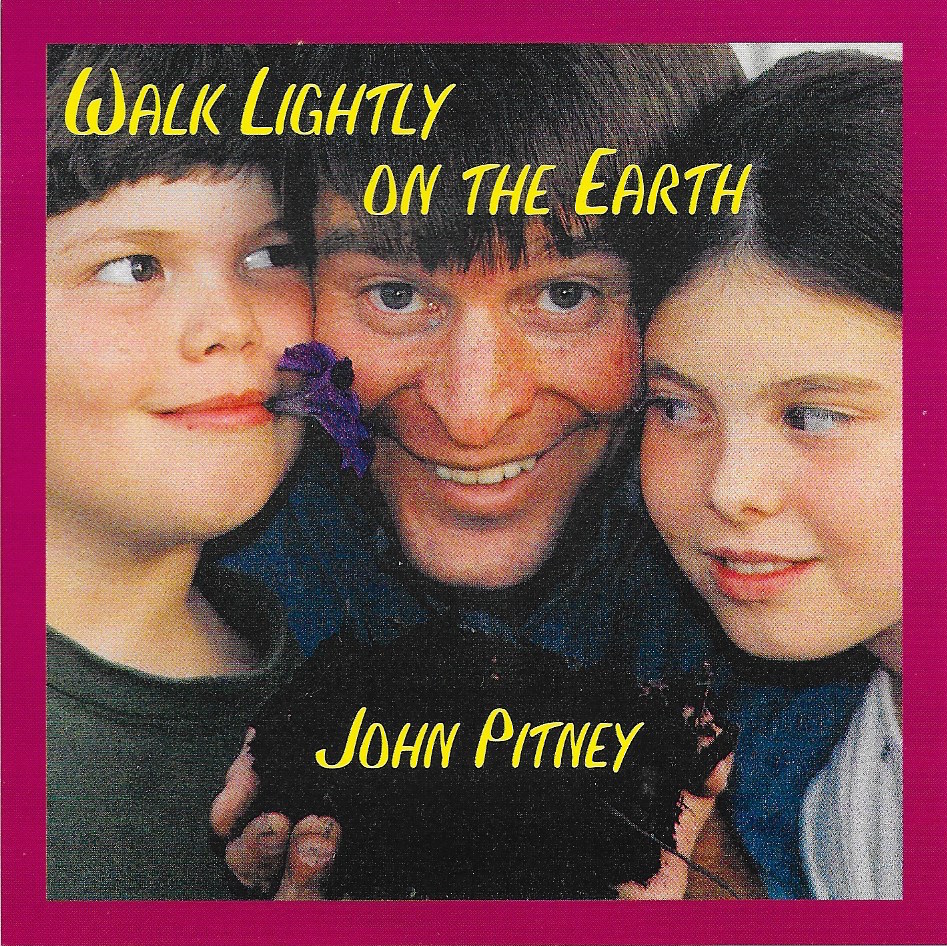

I love this column and share your genetic guilt. My mother’s grandparents came west on the trail and her grandfather was the gatekeeper on the Warm Springs reservation before moving to The Dallas. And, btw your question “what next” after reading ” In the Spirit of Happiness” is exactly the question we want to stimulate. I hope the answer is “faith in action.”
Sorry. My tablet changed store keeper to gatekeeper.
I love this, although it’s painful. As a non-native Oregon, I have respect for all of Oregon’s heritage, regretting some of it, of course, but honoring it all. I’m fortunate to do a little volunteer work (computer geeky stuff) at the Benton County Museum, through which I have encountered much Benton County history, I am gradually learning the pre-European names of some of our major landmarks. As I ride my bike from Corvallis to Philomath on Tuesday mornings, I view the iconic peak we know as Marys Peak and I greet her with “Good morning, tcha-Timanwee, place of spiritual power.”
Thank you for this insightful reflection which gives the history most Americans were never taught. Most important is what next. When we know better we should do better. This applies to most everything but in this case specifically to Native Americans and to the environment.
I appreciate your emails.